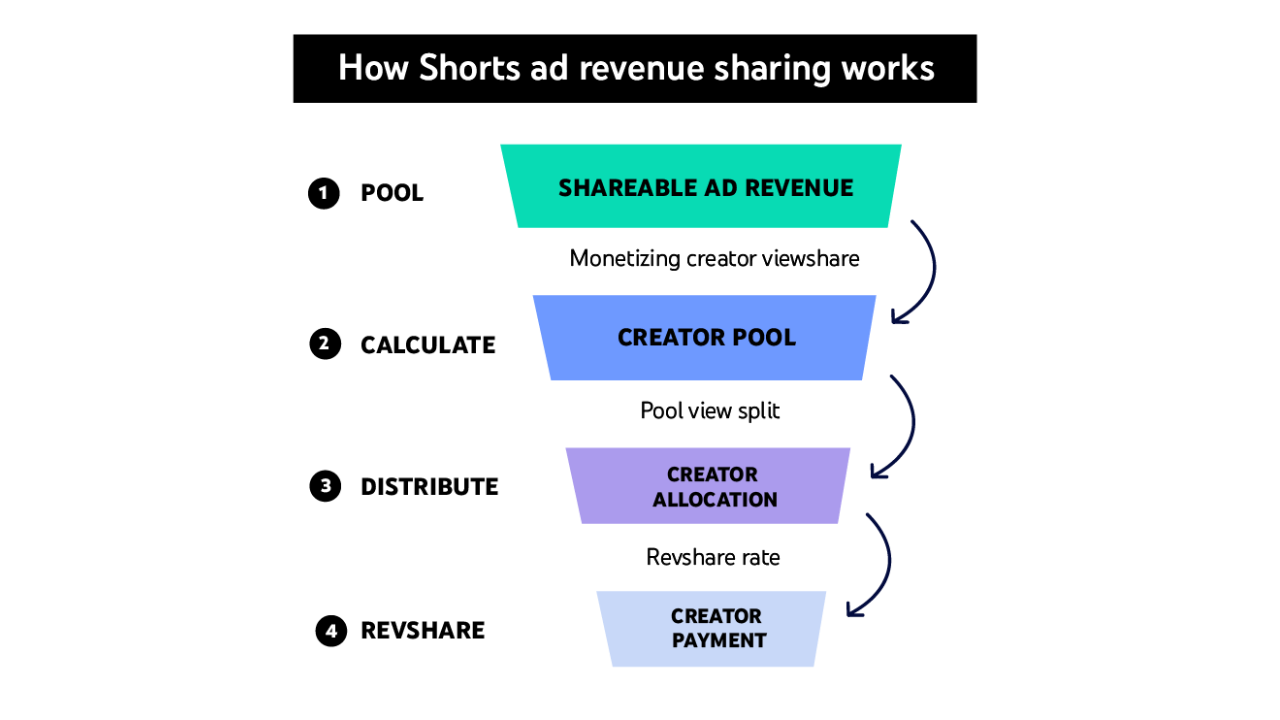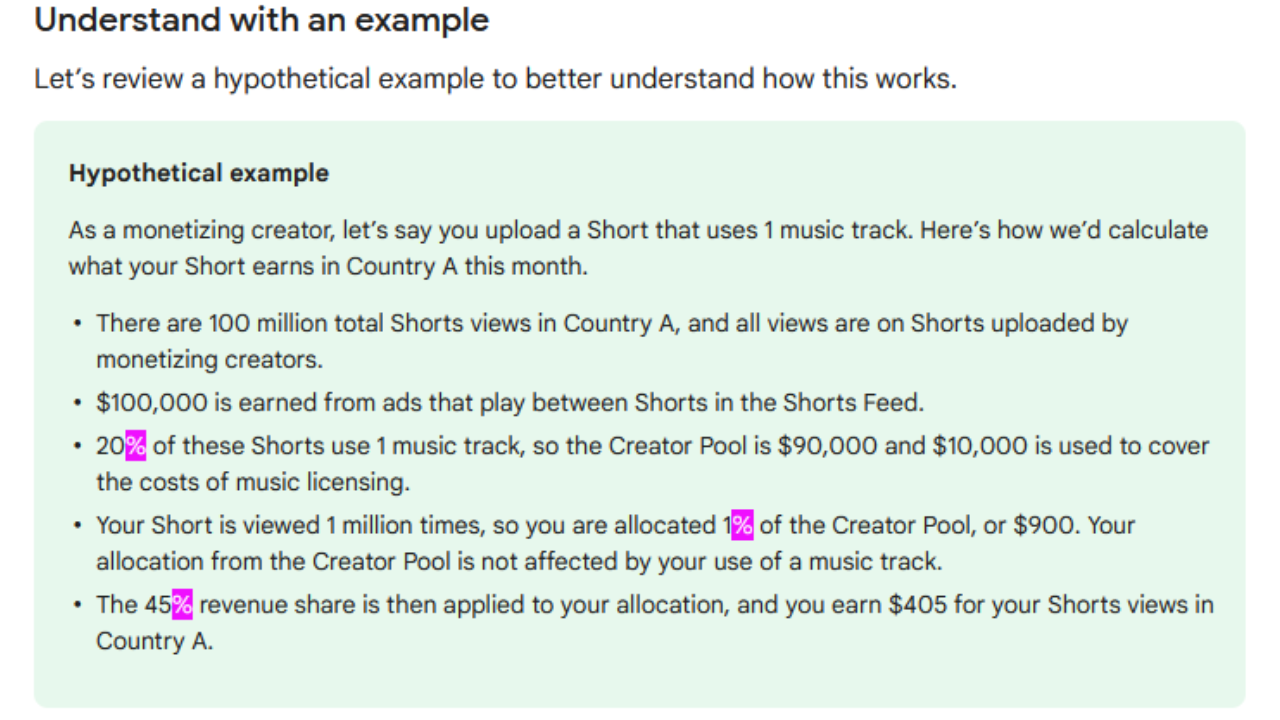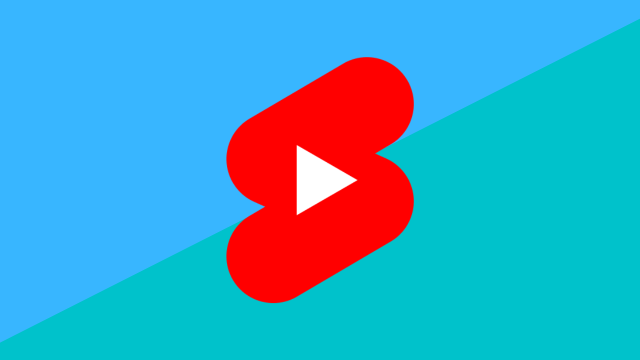Kicking off on February 1, YouTube Shorts will let users monetise their content meaning that, like with standard YouTube content, creators could soon earn money on the ads that are displayed alongside their videos.
Google announced on its blog this morning what the policies that would go into YouTube Shorts would be.
If you’ve been out of the loop, YouTube Shorts is Google’s competitor against TikTok. It was first introduced last year and takes up space on the larger YouTube website (and app).
The experience is very similar to TikTok, except that you get access to the wider YouTube website. It’s not a terrible experience, to be honest, and, like with TikTok, creators often sweat some of their content onto the platform, to attract viewers with short-form vertical videos.
But how might one benefit from YouTube Shorts? Could you make money with it? Well, come February, you’ll be able to. Here’s how it works.
How can you make money on YouTube Shorts?
Believe it or not, Google’s guide to monetising Shorts content is pretty complicated, but you should definitely be prepared to not make a living off it. Content creators often struggle to survive off single revenue streams, especially YouTube.
But if you’re already a creator, or you’re an up-and-coming creator, then it’s definitely worth being in the know about this kind of thing. So, here’s how the revenue stream works.
- Shorts feed ad revenue is pooled, with revenue between videos added together on a monthly basis, to pay monthly and cover the costs of music licencing
- The ‘creator pool’ is then calculated. If no music (‘music’ being from YouTube music industry partners, that is) is used, then all of the revenue goes into the creator pool. If licenced music is used, then “YouTube will split the revenue associated with its views between the Creator Pool and music partners based on the number of tracks used”
- The creator pool is then allocated. Revenue is distributed to monetising creators “based on their share of total views from monetizing creators’ Shorts in each country”. That’s confusing, so Google provided the following example: “if a creator gets 5 per cent of all eligible Shorts views uploaded by monetising creators, they’ll be allocated 5 per cent of the revenue in the Creator Pool”
- Monetising creators will then keep 45 per cent of their allocated revenue, regardless of music or not

There are some caveats that Google has noted, including what’s not included in the creator pool:
- Revenue associated with views of Shorts uploaded by creators who haven’t yet accepted the Shorts Monetisation Module (accepted in the YouTube Partner Program area) or aren’t yet eligible to monetise shorts
- Revenue associated with views of Shorts uploaded by music partners
- Revenue associated with views of Shorts that are determined to be ineligible
- Revenue associated with any ads shown upon opening the Shorts Feed before a Short is viewed
- Revenue associated with any ads shown on navigational pages within the Shorts player

What about YouTube Premium subscribers?
YouTube Premium still applies its ad-skipping perks on YouTube Shorts, so it’s handled by this monetisation model as well:
“YouTube will pay 45% of the net revenue from YouTube Premium that is allocated to monetizing creators for Shorts. A portion of YouTube Premium revenues are allocated to help cover costs of music licensing. Payments to each creator are based on their share of subscription Shorts views within each country.”
How can I monetise my YouTube Shorts?
As Google wrote last year, creators of YouTube Shorts will need to be a part of the YouTube Partner Program. This requires having 1,000 subscribers and either 10 million public shorts views (in the last 90 days) OR 4,000 public watch hours (in the last year). Keep in mind that public watch hours from Shorts views won’t count towards the 4,000 public watch hours threshold.
When does YouTube Shorts monetisation go live?
YouTube is planning to roll this out on February 1 2023 “or the day you start monetizing with Shorts ads”, with Analytics integration.
